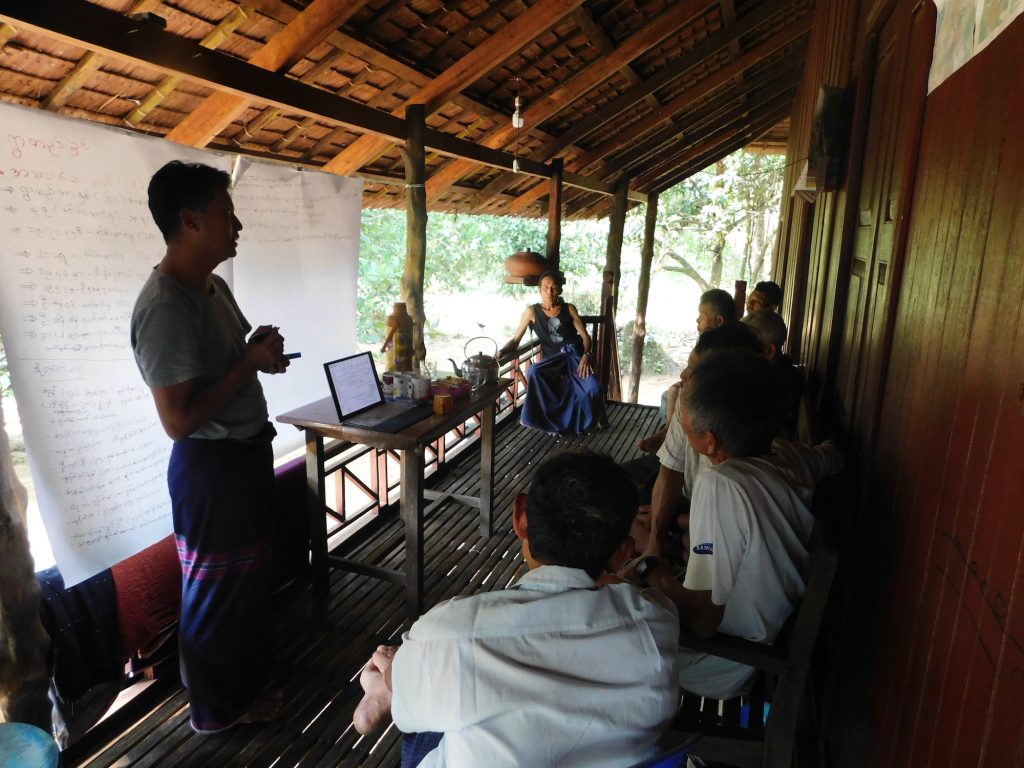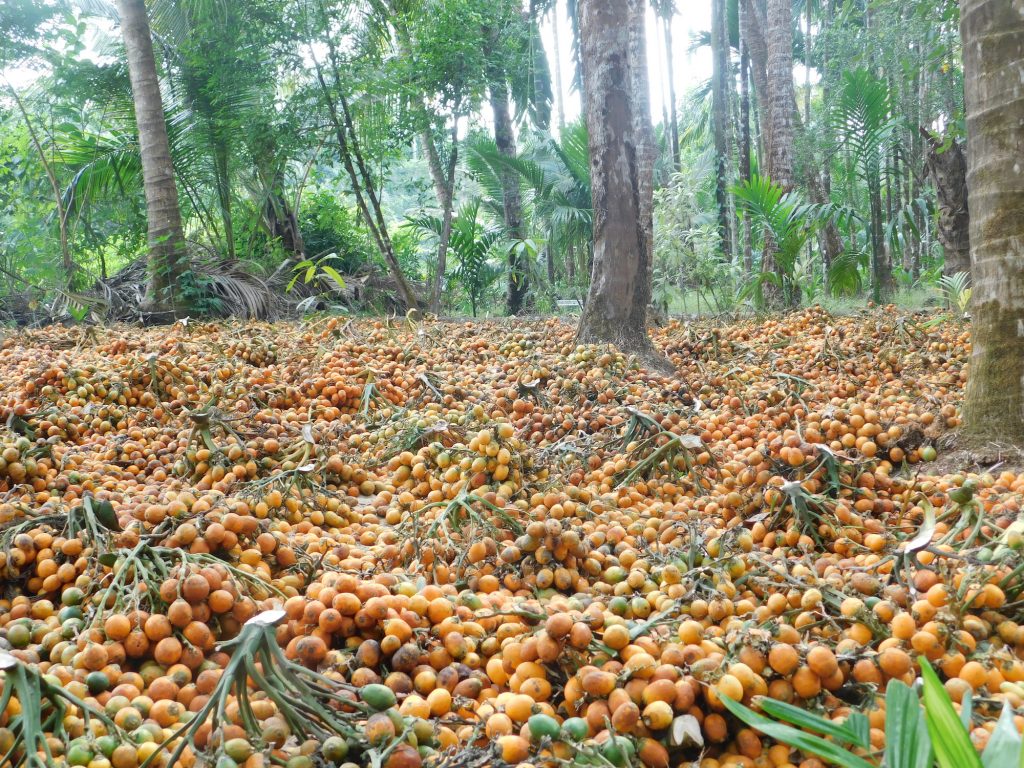バカ・ピグミーの乳幼児の愛着行動
対象とする問題の概要 狩猟採集民研究は、人類進化の再構成を試みるための手がかりを提供しうる。しかし、狩猟採集民の文化は多様であり、それゆえ人間の社会のアーキタイプを議論する上で様々な論争がなされてきた。そのような例の一つとして愛着理論にか…

Taninthayi region of Myanmar is blessed with natural mangroves which escaped from extensive degradation due to in accessibility and ethnic conflicts. With the improving security, transportation, and potentials of economic development projects, the coastal areas are under high priority of development that leads to extensive mangrove degradation. Therefore, the current ecological settings of mangroves reflected by local management and use patterns are studied for sustainable management.
To provide the baseline ecological information and management options based on three current status of mangroves for the development of effective policy and management strategies in line with the balance approach of sustainable economic development through resources conservation in Taninthayi region

Three mangrove ecological settings reflected by the different use patterns of local communities of Taninthayi Region was assessed. The primary mangrove forest under religious belief of Moken ethnics; local conserved mangroves under about 50 years management of Karen ethnics; and the destructed mangroves under the paddy field development of Mon ethnics; were understood.
The religious belief, the shipworms from Rhizophora spps was offered to their ancestors in two praying events of Moken ethnics, could be applied for conservation of primary mangrove forests. The conditions and changes of agricultural practices and livelihoods of Karen community and community based mangrove management were assessed along the sociopolitical transitions. The consequences of paddy field development and its abandonment in mangroves by Mon ethnics was observed from agroecological and sociopolitical viewpoints.
The field data analysis and preparation of academic paper publication will be continued.
Copyright © 附属次世代型アジア・アフリカ教育研究センター All Rights Reserved.